
Any list of the best Manchester United players of all time is bound to be subjective. It’s impossible to compare across eras for one thing, and we all have a tendency to favour players who stand out in our personal memories for whatever reason. And of course acclaiming individuals in the ultimate team sport is always going to be hostage to the fortunes of the team at the time.
How do we weigh achievements against performances during a less successful period for the club? Should longevity and being a one-club man be a major factor? Do we look beyond appearances and goal-scoring records to consider a player’s impact at the club, no matter how short-lived?
Regardless of how we judge the various parameters, fans always have and always will attempt to compile ‘greatest’ lists, and it gives us all a chance to recall those staggering moments of skill and perseverance that form our best memories…
Best Manchester United players ever: 50. Teddy Sheringham (1997-2001)
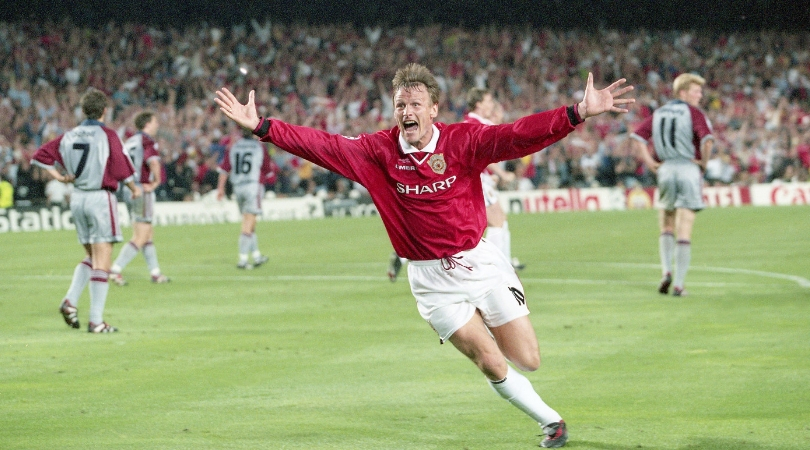
Sheringham joined in what was assumed to be the autumn of a fine career with Spurs and England only for it to blossom into another summer.
He won three Premier League titles, an FA Cup and a Champions League during four years, but he will always be remembered for the equaliser in that final.
49. Harry Gregg (1957-66)
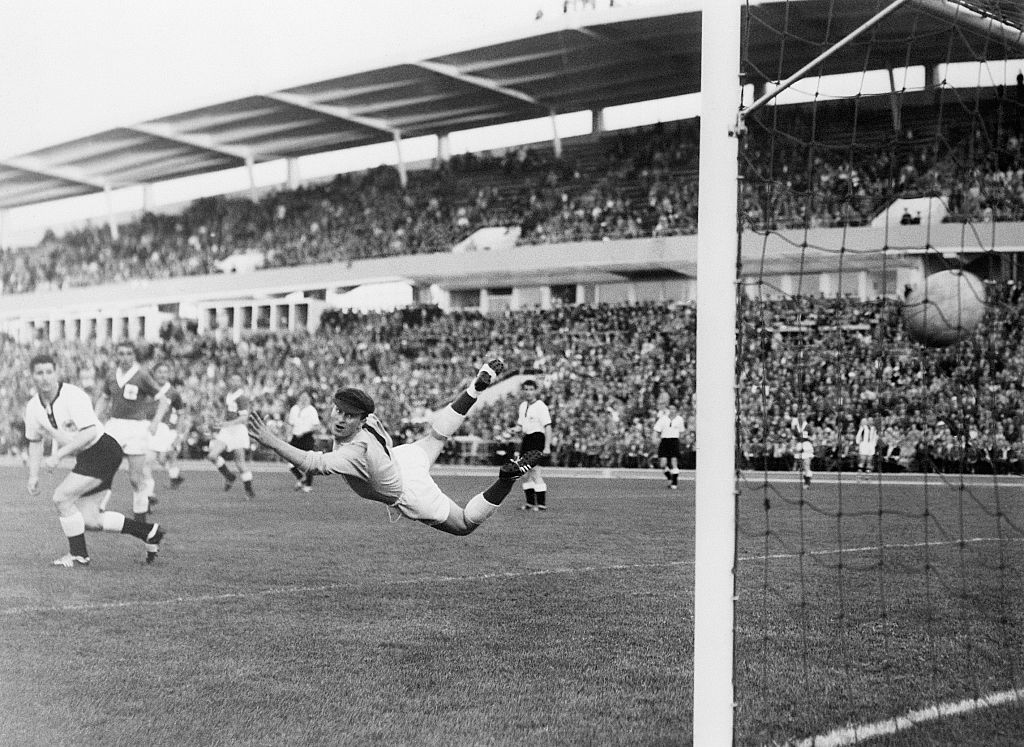
Gregg signed from Doncaster Rovers for £23,500 just two months before Munich but stayed at the club for almost a decade more.
A brave if unshowy keeper, he suffered numerous injuries but always fought his way back into the side, showing that same resolve that he displayed on a German airfield.
The best features, fun and footballing quizzes, straight to your inbox every week.
48. Stan Pearson (1936-54)
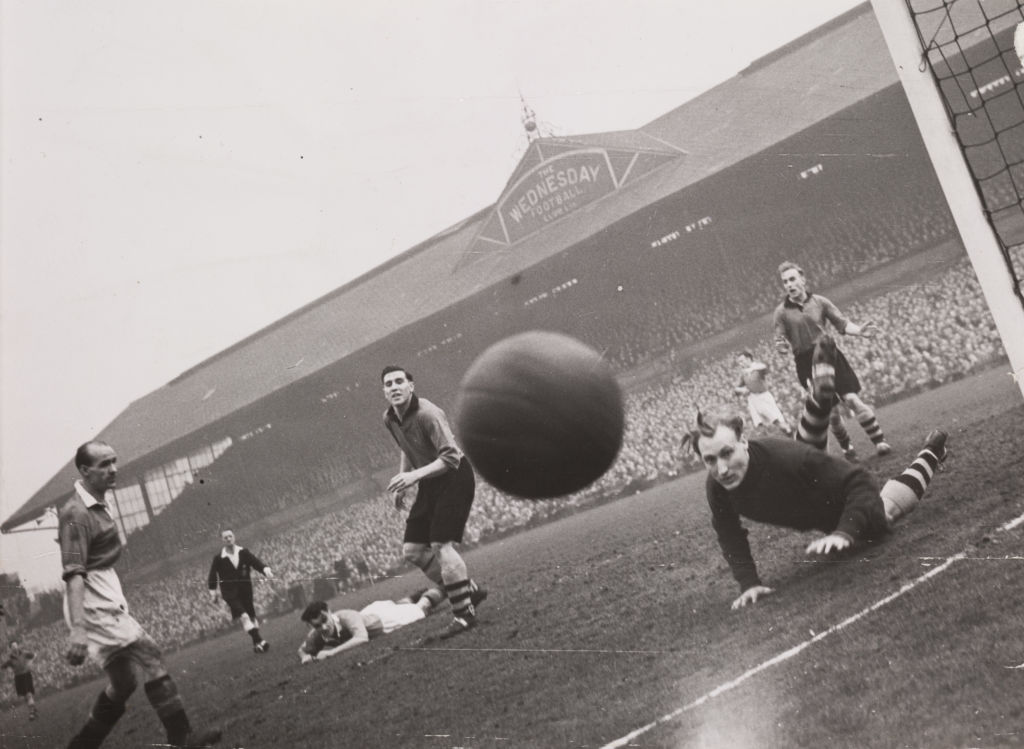
Despite losing six years of his career to World War II, Pearson still scored 148 goals in 343 appearances, including a hat-trick in the semi-final and another in the final of the 1948 FA Cup.
His movement off the ball brought him many tap ins – and 22 goals in 41 appearances in the 1951–52 league-winning season.
47. Johnny Carey (1946-53)
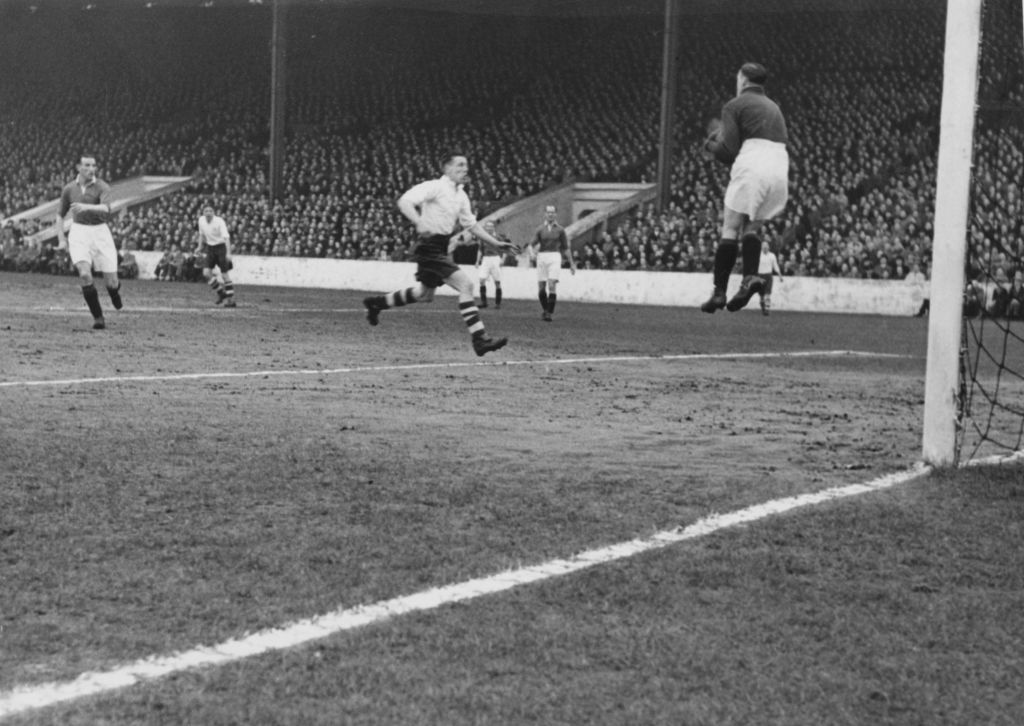
Irishman Carey was another whose career was interrupted by World War II before returning to claim league and cup titles.
Spotted by legendary scout Louis Rocca playing for St James’ Gate in Dublin, he was signed for £250 and became an influential figure as club captain.
46. Jaap Stam (1998-2001)
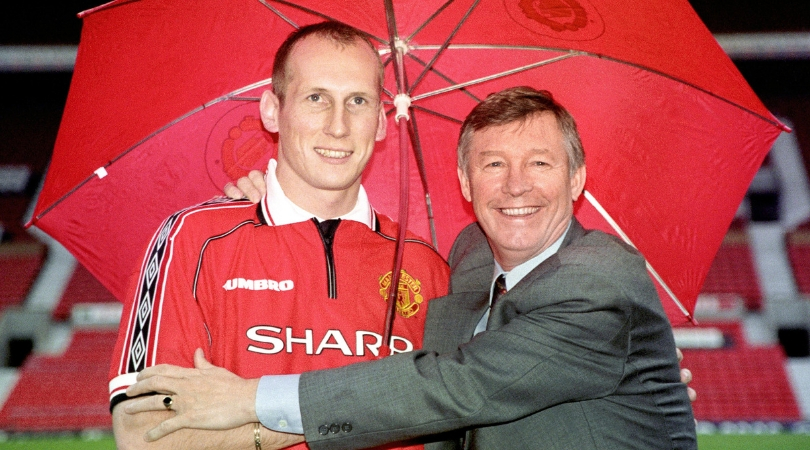
Signed from PSV Eindhoven for a then world-record fee for a defender of £10.75 million, Stam was built like a traditional English stopper but had technical gifts as well.
Robbed of his pace by a nasty Achilles injury, United surprisingly decided to cash in on his resale value earlier than might have been expected.
45. Tony Dunne (1960-73)
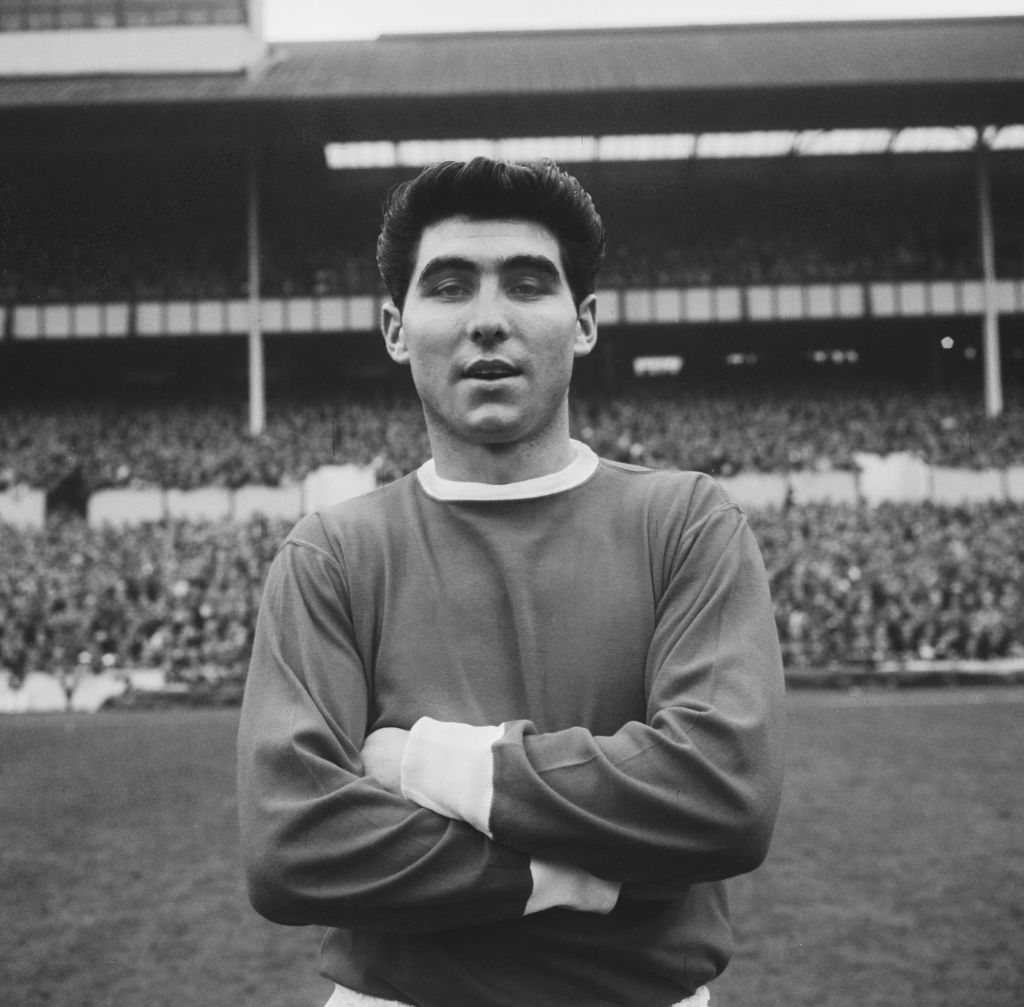
Signed as a 19-year-old from Shelbourne in the difficult post-Munich years, Dunne was another Irishman to have a successful career at United, playing the reliable full-back role in a team packed with attacking talent.
He went about his job unassumingly and quietly notched up over 400 appearances.
44. Brian Kidd (1967-74)
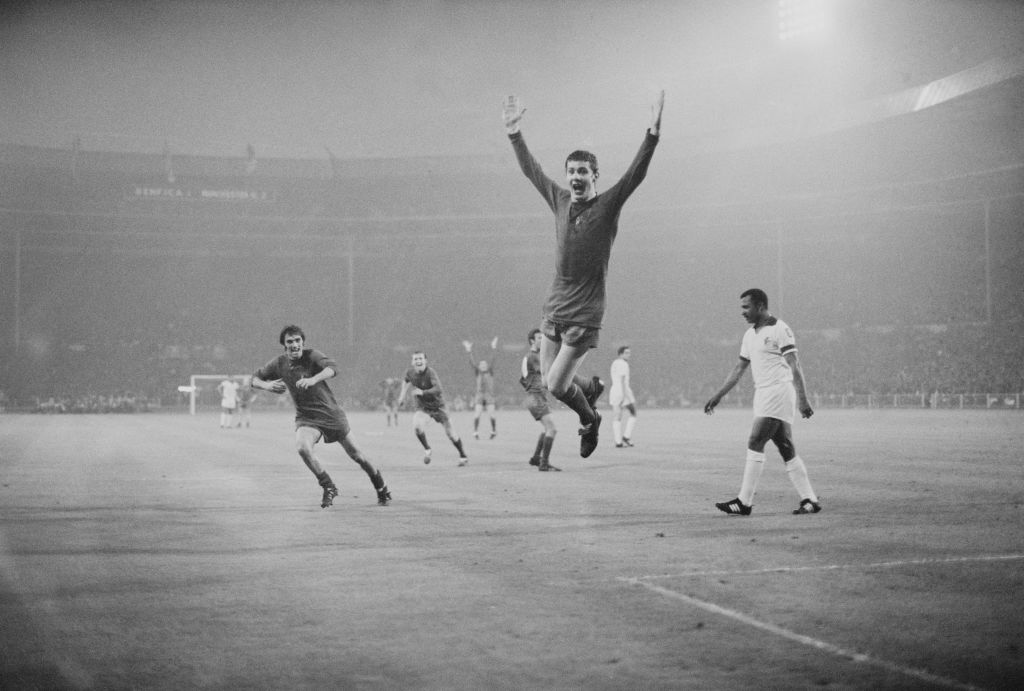
So well known as Ferguson’s assistant did Kidd become that it’s easy to forget his playing career.
Coming through the youth ranks, he started a European Cup final on his 19th birthday. Kidd scored the third goal that day and looked set to take his place in the pantheon of great United strikers, but it never quite happened.
43. Dwight Yorke (1998-2002)
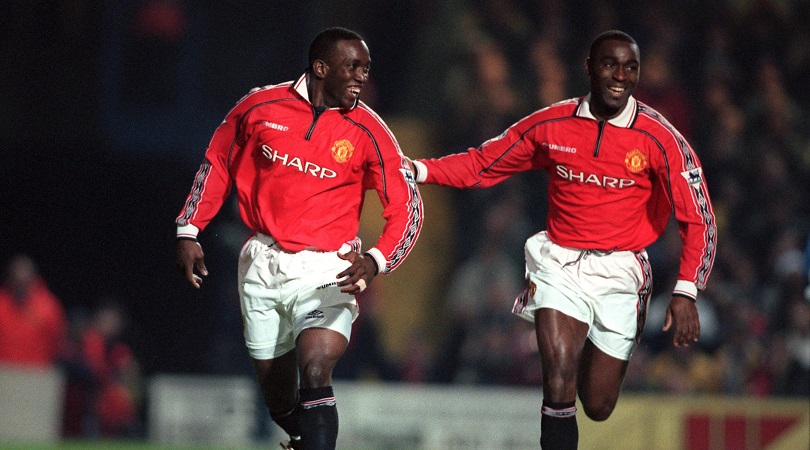
The yin to Cole’s yang, Yorke always seemed to play with a broad grin on his face, as if he were truly loving every minute and couldn’t quite believe where he was.
His pace, eye for a pass and instinctive finishing were a deadly combination, even if his spell at Old Trafford did prove to be short lived.
42. Andy Cole (1995-2001)
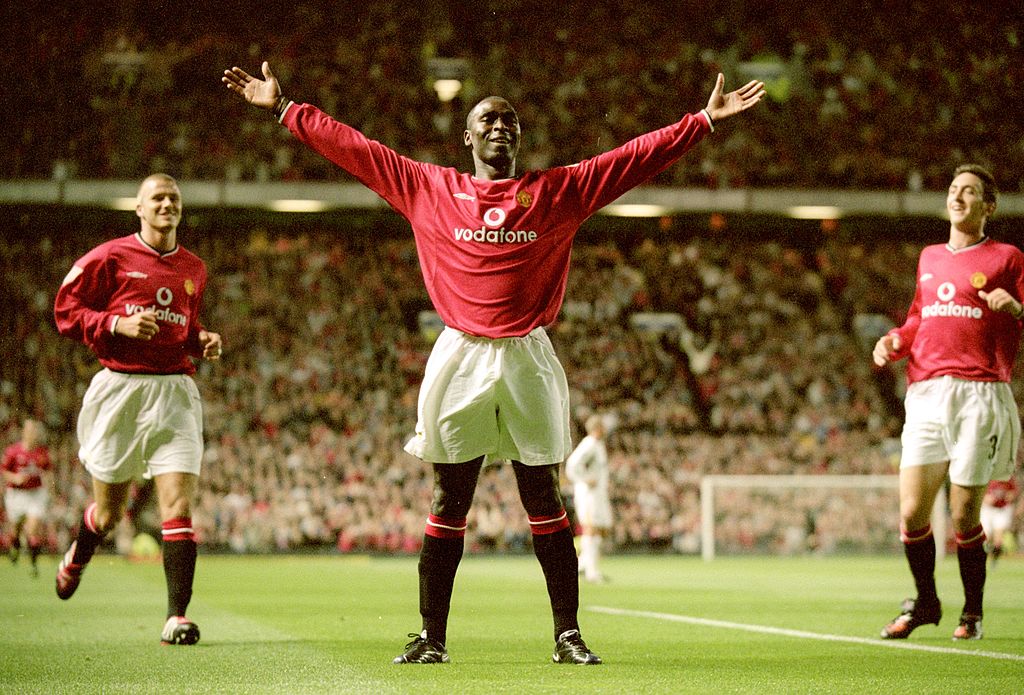
It’s as hard to separate Cole and Yorke in the rankings as it was on the pitch, their glorious partnership bringing so many goals – and trophies.
There was a suspicion that Cole needed a lot of chances to make one stick, but his goal-scoring record across six seasons speaks for itself.
41. Arthur Albiston (1936-54)
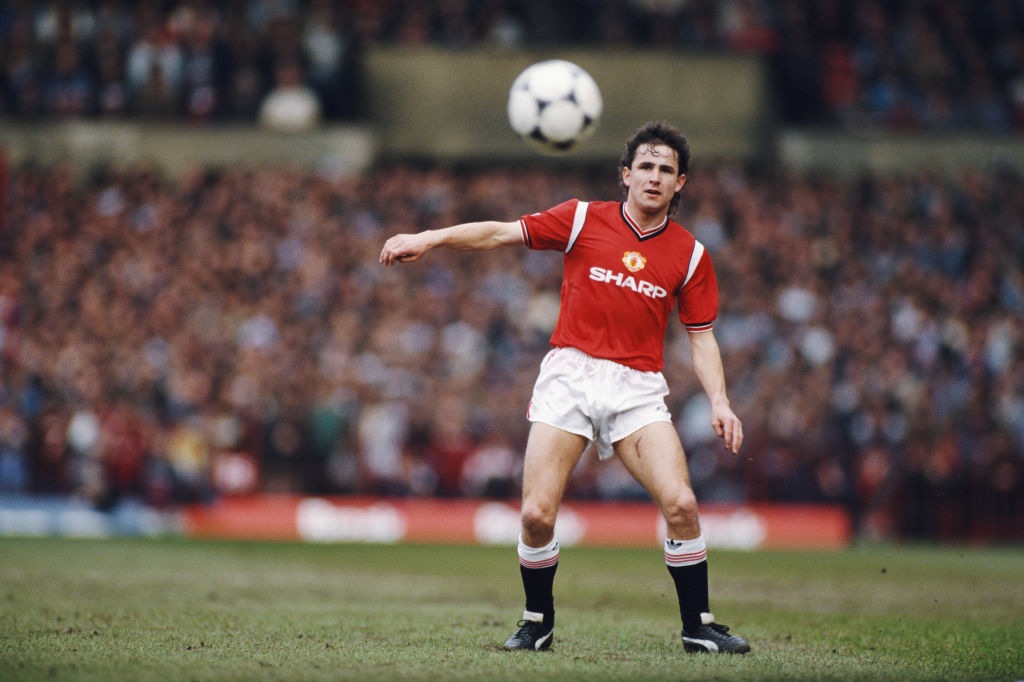
Albiston joined United as an apprentice in 1974, signing professional forms two years later, but he had played only a handful of games before being named in the starting line-up for the 1977 FA Cup Final.
He did well against Liverpool winger Steve Heighway and established himself at left-back, making over 480 appearances.
Current page: The 50 best Manchester United players ever: 50-41
Next Page The 50 best Manchester United players ever: 40-31